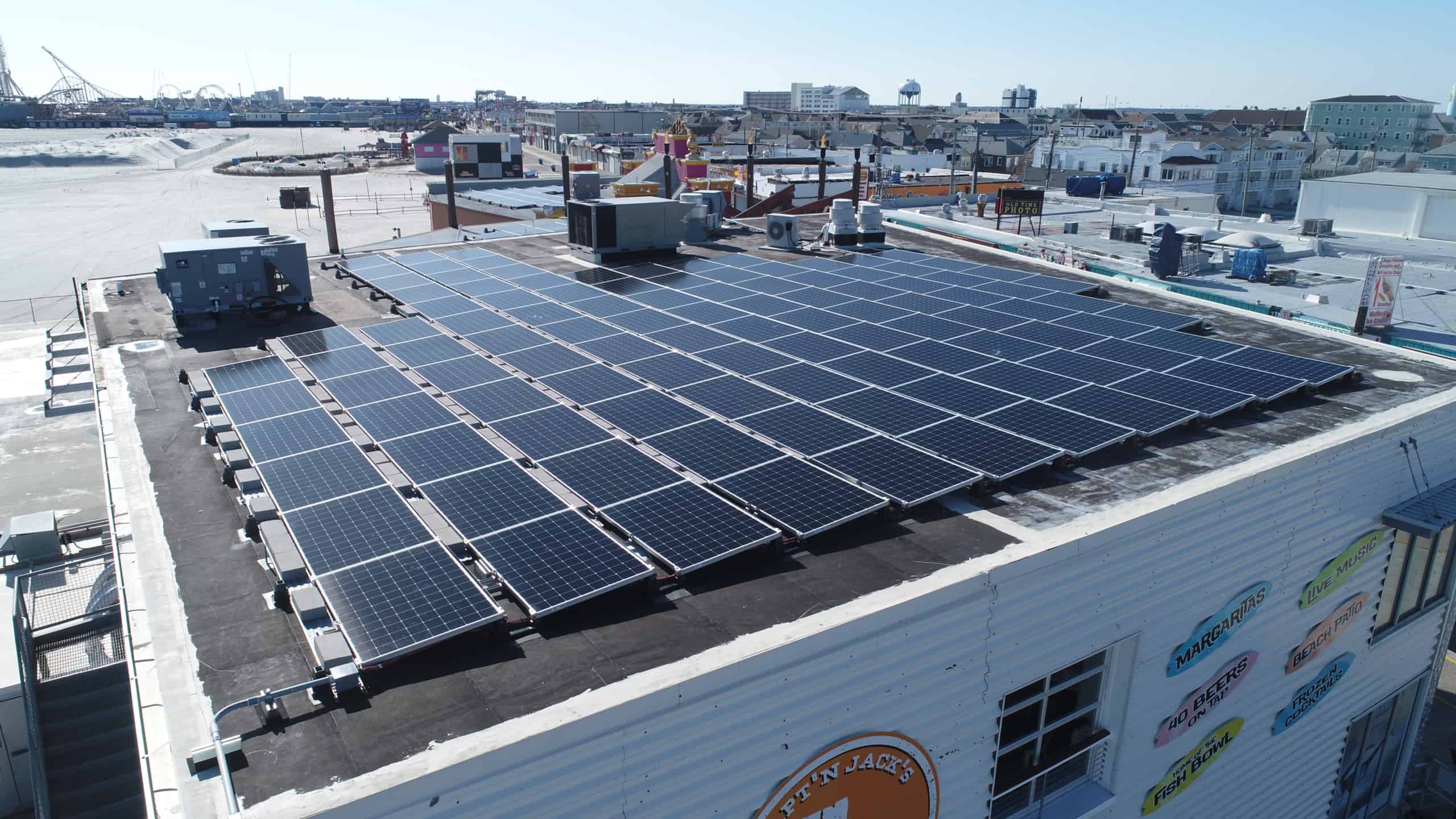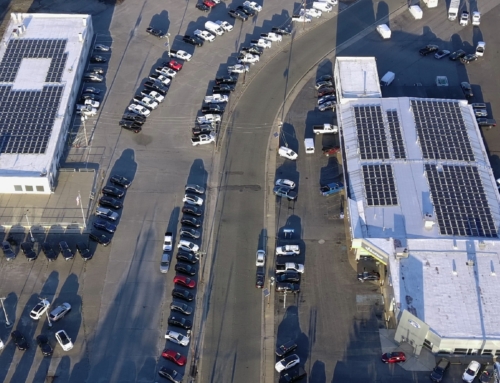By no means could the New Jersey Solar Energy Market ever be called predictable. From the time the solar renewable energy certificate (SREC) was introduced back in 2004, through this past year, the New Jersey Solar Market jumped from having installed 4.34 MW annually to 2,908.2 MW in 2019.
Given the impressive 15 years of solar expansion, the New Jersey Board of Public Utilities (BPU) can’t keep up the current state incentives. Once New Jersey passed The Clean Energy Act in 2018, which mandates that the state run on 100% clean energy by 2050, the need to accelerate a revamp of the current incentives was a foregone conclusion.
The legislature also included the agreement to rework the current solar incentive program (SRECs) that would allow the BPU to financially implement given the current and mandated expansion of solar energy projects in the state.
The Clean Energy Act is being implemented in measurable steps. 21% of the energy sold in the state to must be sourced via clean Energy by the end of 2020; 35% by 2025; and 50% by 2030. This past January, NJ Governor Phil Murphy expanded on the act and signed an executive order for an Energy Master Plan which details how New Jersey will be 100% sourced by clean energy by 2050.
As New Jersey’s renewable portfolio standard (RPS) requires NJ electric utility companies to procure 50% of its electricity from renewable tech by 2030 with a solar carve-out of 5.1% by 2021. Therefore 5.1% of the already mandated 50% of renewable electricity must be derived from solar.
New Jersey participates in the SREC market to achieve both the renewable portfolio and solar carve-out targets. SRECs are market based incentives that are allotted to solar energy consumers based on the amount of energy that they generate. The utility companies then buy SRECs from commercial solar panel system owners to meet their RPS requirements. Utility companies who fall short of meeting their RPS targets must then pay a fee which is higher than the cost of an SREC.
While SRECs worked for the past 15 years, The Garden State’s lucrative solar market grew much faster than the anticipated and the state is reaching the 5.1% solar carve out in the very near future. As the BPU wasn’t prepared to completely phase out the SREC program until 2021, the need for a transitional incentive program quickly arose.
In December 2019, the BPU announced a transitional incentive program entitled Transitional Renewable Energy Certificates (TRECs). This program will go into effect immediately after the 5.1% solar threshold is met. It is important to note that property owners who have already converted to solar energy and hold SRECs will NOT lose their SRECs or be impacted in any way (other than remaining subject to market flux). Should current solar consumers opt to expand their current system or add a system to another property then they will receive TRECs or gain incentives from the yet-to-be-determined TREC successor program.
TRECs are much like SRECs in how they are awarded to solar energy system owners, but they have 2 big differences. The first difference is that they will have fixed versus variable pricing. The second is their value will be multiplied by a factor. This factor will be assigned to each solar project based on type of installation.
The BPU is considering two options in terms of fixed rate pricing for TRECs:
- 15 years at a fixed price of $152
- Years 1 – 3 at a fixed price of $65 and Years 4 – 15 at a fixed price of $189
A final decision on pricing is expected imminently. The advantage to fixed-rate pricing is that solar consumers will be able to accurately predict the value of the TREC incentives they receive instead of having to rely on market factors.

The NJ BPU has assigned varying factors for individual solar projects; solar projects located on landfills have a higher TREC factor than a residential solar installation.
These are the current factors assigned to various project types:

For every 1,000 kWh that is generated by a residential rooftop solar panel system, only 60% of a TREC’s price value is realized. In other words, to earn the same amount as 1 full-value TREC, you need to generate 1,667 kWh worth of solar electricity.
THE NJ SREC Program isn’t the only the only incentive that is shifting this year. On the Federal level, the 26% solar tax credit is expiring at the end of 2020 and be set at 22% for projects that are installed in 2021.
While solar incentives for New Jersey Residents are about to become a bit more complex on the state and national level, they do have the advantage of predictability and, remain financially lucrative for property owners looking to get a maximum return on their commercial solar investment.









